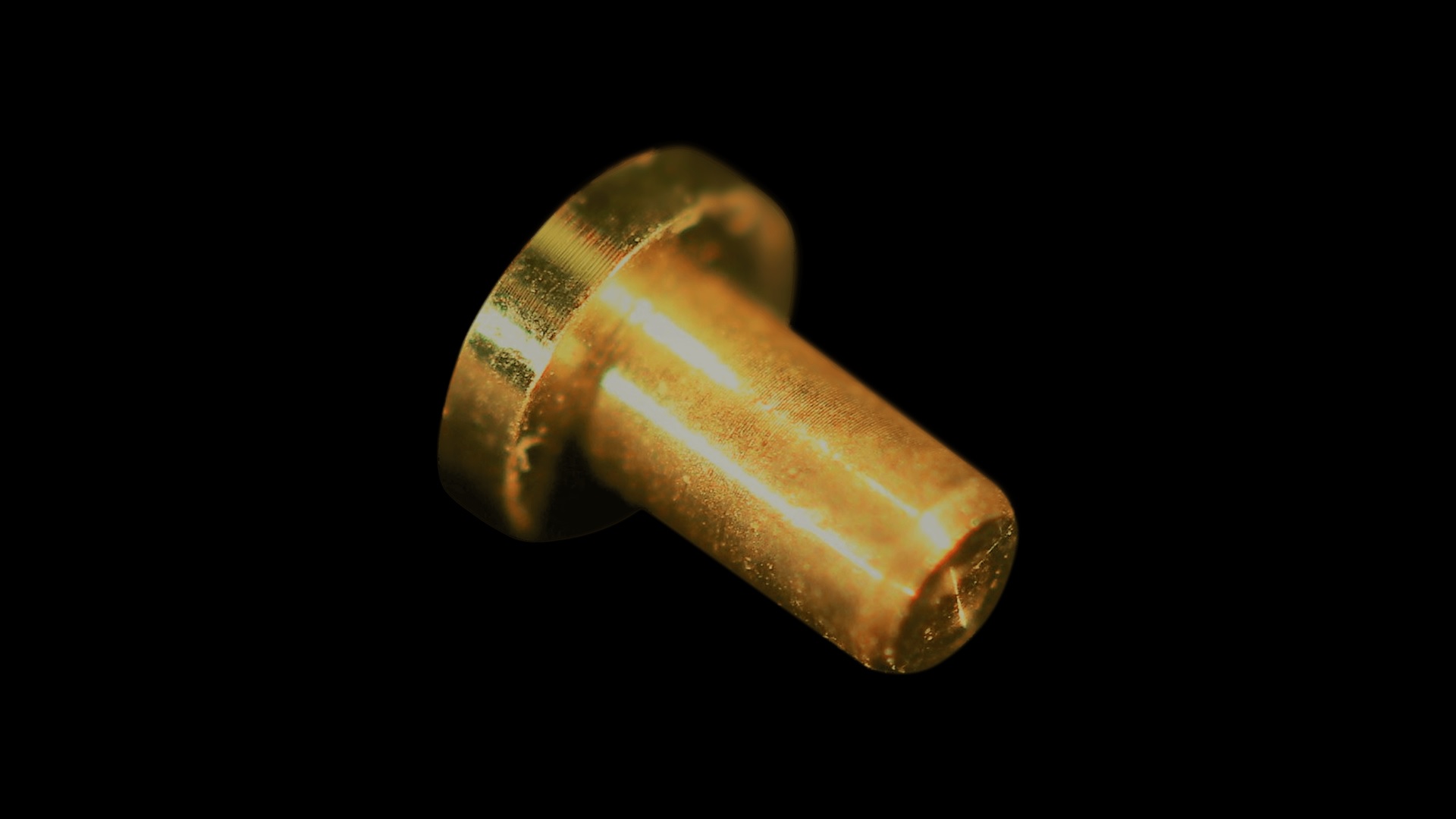Pure gold pin for space testing
Although this pure gold pin is not much bigger than the tip of a pencil, it is the ‘pulsing heart’ of ESA’s Low Earth Orbit Facility, LEOX.
Part of the Agency’s Materials and Electrical Components Laboratory , based at ESA’s ESTEC technical centre in the Netherlands, this test facility is vital for developing materials capable of withstanding the highly-erosive individual oxygen atoms prevailing at the top of the atmosphere, the result of standard oxygen molecules of the same kind found just above the ground being broken apart by powerful ultraviolet radiation from the Sun.
All missions that orbit less than about 1000 km above Earth’s surface must be designed to resist atomic oxygen. To realistically simulate the low-Earth orbit environment, the LEOX atomic oxygen facility generates atomic oxygen travelling at 7.8 km/s.
Atomic oxygen is not easy to generate on Earth, because it is so reactive. This means that the materials used to make the simulator must be as robust as the materials flown in space. This sturdy gold pin is used to inject tiny pulses of oxygen gas molecules into a vacuum chamber, where the molecules are split into atoms using a powerful laser.
Pure gold, though expensive, is one of the few materials that can resist the combined impact of the laser and the highly erosive atomic oxygen, allowing the simulator to pulse millions of times during each test campaign. The pins do eventually erode and need to be replaced. These pins can’t be found in a local hardware store – engineers had to search far and wide for a reliable supplier. With the help of ESTEC’s Mechanical Workshop, they found a jewellery shop in Italy which offered to manufacture the pins, using their experience supplying miniature mechanical gold parts for clockmakers and other industries.
This image is one of the 99 Objects of ESA ESTEC , a set of intriguing, often surprising artefacts helping tell the story of more than half a century of activity at ESA’s technical heart.


